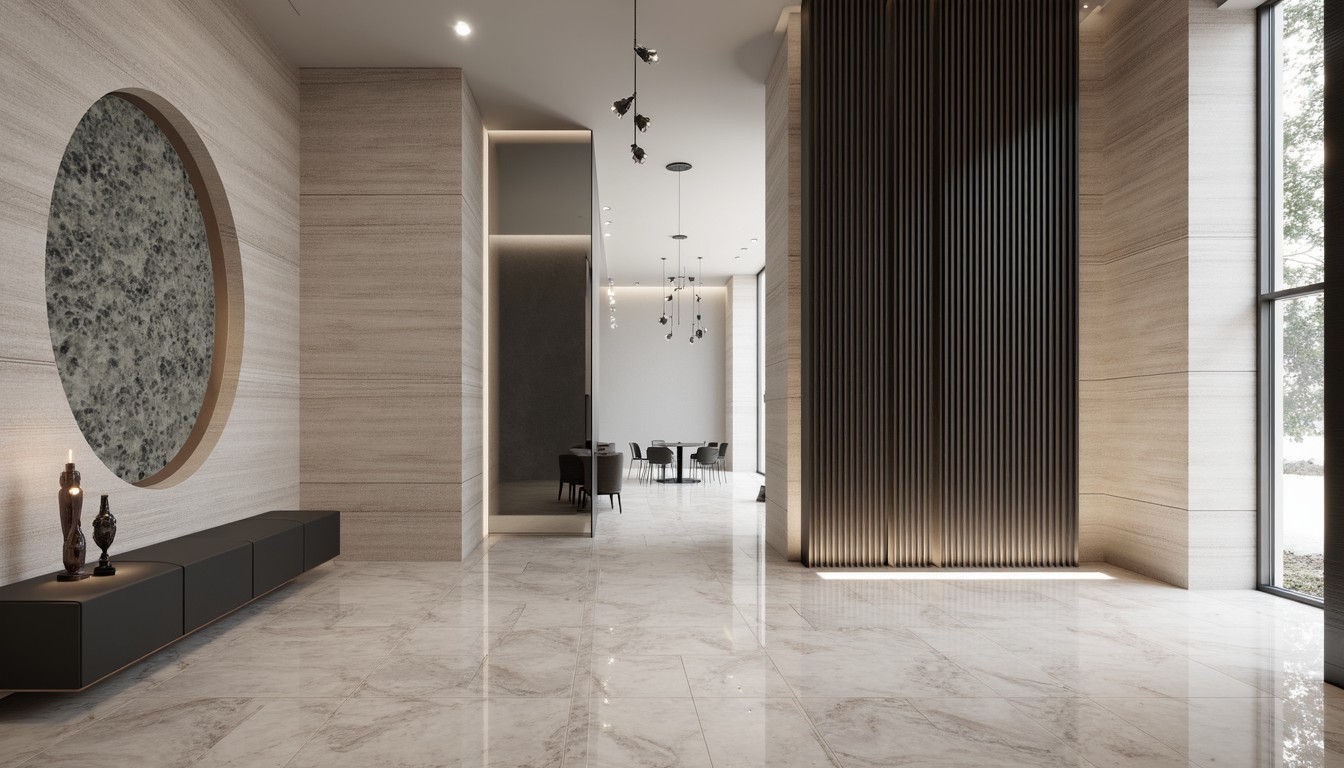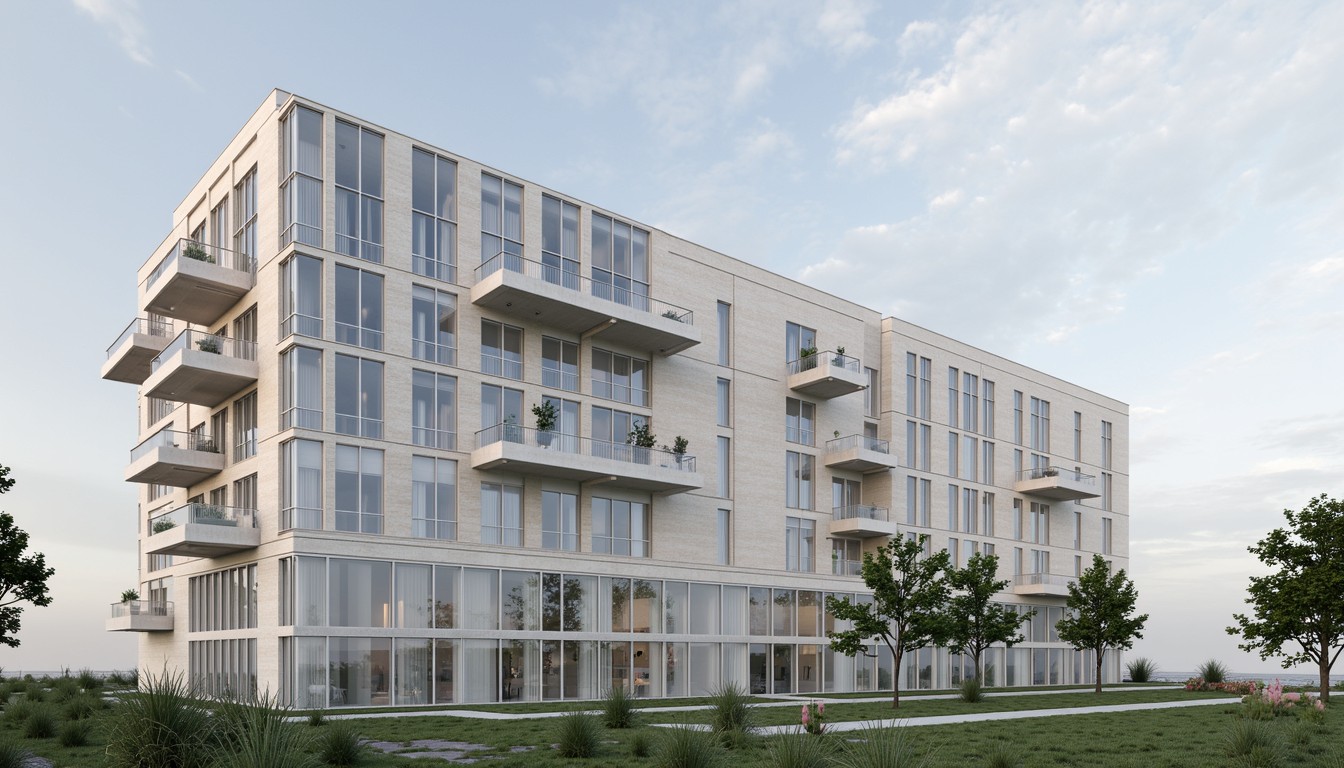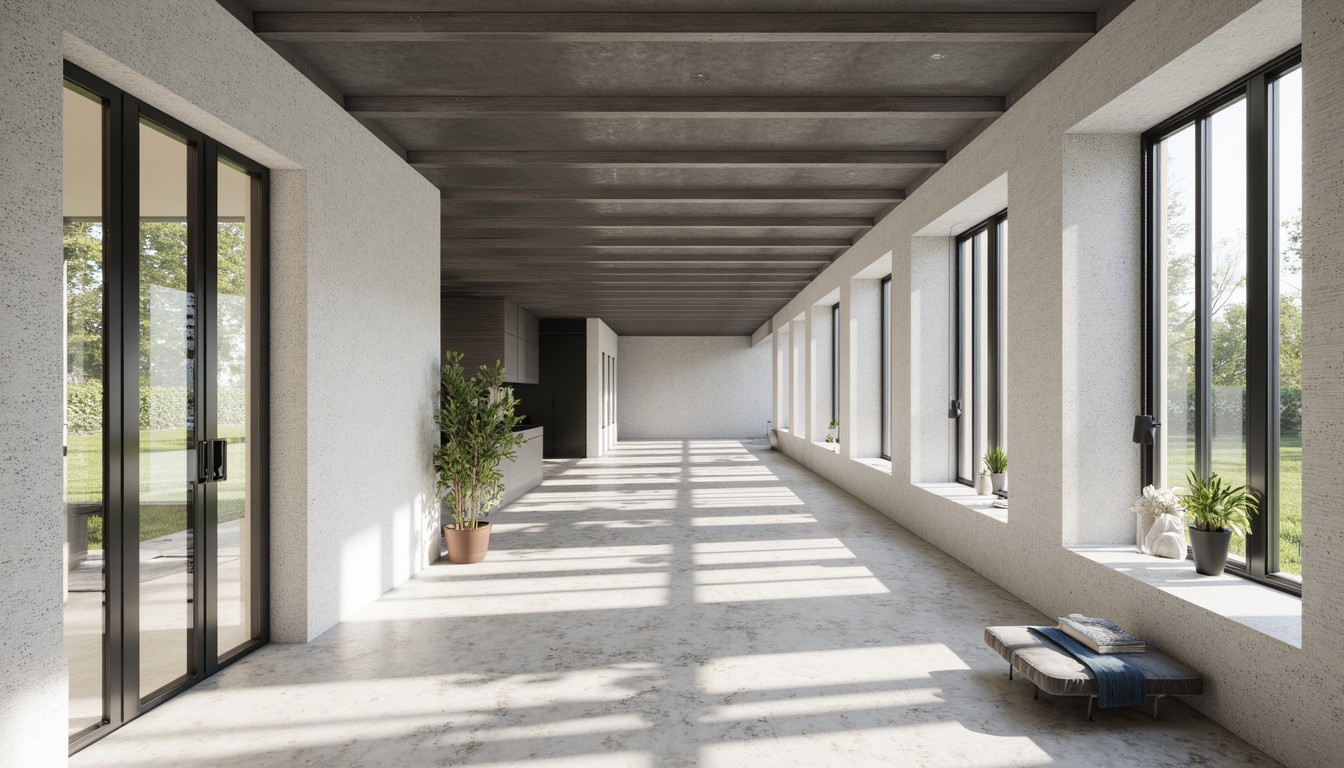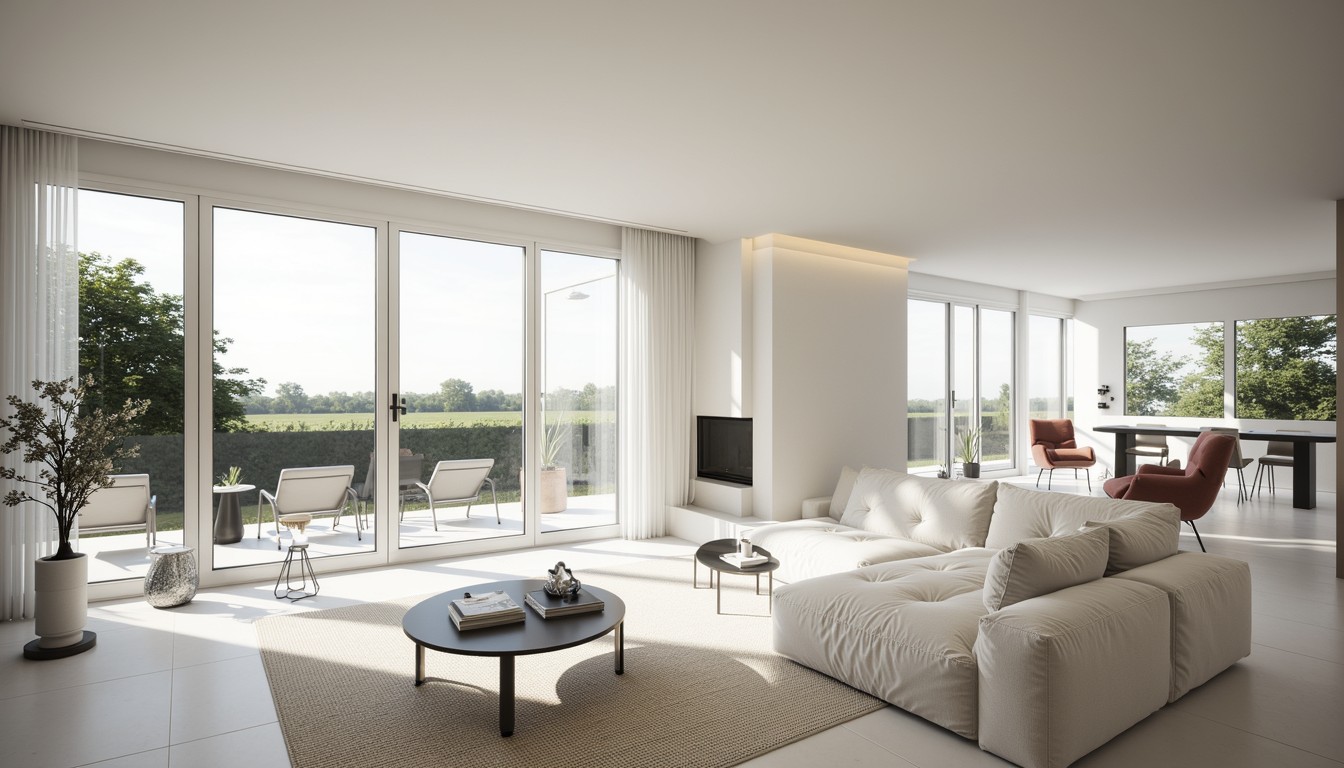3D Printing in Construction: Building the Future
The construction industry, often slow to adopt new technologies, is experiencing a seismic shift with the rise of 3D printing. No longer a futuristic fantasy, additive manufacturing is rapidly becoming a viable and increasingly popular method for creating everything from small-scale architectural models to entire buildings. This revolutionary technology promises to reshape the industry, offering unprecedented levels of efficiency, sustainability, and design freedom. ArchNav, a leader in architectural visualization, is at the forefront of understanding and leveraging these advancements to help our clients visualize and realize the potential of 3D-printed structures.
The Rise of Additive Manufacturing in Construction

3D printing, or additive manufacturing, in construction involves depositing layers of material – concrete, mortar, polymers, or other specialized composites – to create three-dimensional structures. Unlike traditional construction methods, which rely on subtractive processes (cutting and shaping existing materials), 3D printing builds layer by layer, resulting in less waste and greater design flexibility. This process allows for the creation of complex geometries and intricate details that would be impossible or prohibitively expensive using conventional techniques.
Types of 3D Printing Technologies in Construction
Several 3D printing technologies are being employed in the construction sector, each with its own strengths and limitations:
- Extrusion-based 3D printing: This method uses a nozzle to extrude a continuous stream of material, layer by layer. It's well-suited for creating large-scale structures using materials like concrete.
- Binder jetting: This process uses a binder to selectively bond particles of a material, such as sand or powder, creating a solid object. It's known for its ability to produce high-resolution details.
- Vat polymerization: This method uses UV light to cure liquid resin layer by layer, creating highly precise and intricate structures. It's often used for creating smaller components or architectural models.
Benefits of 3D Printing in Construction
The advantages of 3D printing in construction are numerous and compelling:
- Increased speed and efficiency: 3D printing can significantly reduce construction time compared to traditional methods, leading to faster project completion and reduced labor costs.
- Reduced material waste: Additive manufacturing minimizes material waste by only using the necessary amount for the structure, making it a more sustainable approach.
- Enhanced design freedom: The ability to create complex geometries opens up exciting possibilities for architects and designers, leading to innovative and aesthetically pleasing structures.
- Cost savings: While initial investment can be substantial, long-term cost savings can be realized through reduced labor, material waste, and construction time.
- Improved safety: Automation reduces the need for manual labor in hazardous environments, enhancing worker safety.
- On-site construction: 3D printing allows for on-site construction, minimizing transportation costs and logistics challenges.
Real-World Applications of 3D Printing in Construction

3D printing is already being used in various construction projects around the world:
- Residential buildings: Entire houses are now being 3D printed, demonstrating the technology's potential for affordable and sustainable housing.
- Commercial buildings: 3D printing is being used to create intricate architectural features, such as facades and interior walls, for commercial projects.
- Infrastructure projects: The technology is being explored for constructing bridges, retaining walls, and other infrastructure components.
- Architectural models: 3D printing provides a highly accurate and efficient method for creating detailed architectural models for presentations and client reviews.
Challenges and Limitations
Despite its potential, 3D printing in construction faces several challenges:
- High initial investment costs: Purchasing and maintaining 3D printing equipment can be expensive.
- Material limitations: The range of printable materials is still limited compared to traditional construction materials.
- Scalability issues: Scaling up 3D printing for large-scale projects can be challenging.
- Regulatory hurdles: Building codes and regulations may need to be updated to accommodate 3D-printed structures.
- Skilled workforce: A skilled workforce is needed to operate and maintain the equipment and ensure the quality of the printed structures.
The Future of 3D Printing in Construction

The future of 3D printing in construction is bright. As technology advances and costs decrease, we can expect to see even wider adoption of this revolutionary technology. Further research and development will lead to new materials, improved printing speeds, and more sophisticated software, enabling the creation of even more complex and sustainable structures. The integration of Artificial Intelligence (AI) and machine learning will further optimize the printing process and enhance design capabilities.
ArchNav: Your Partner in Visualizing the Future
At ArchNav, we understand the transformative potential of 3D printing in construction. Our expertise in architectural visualization allows us to help our clients visualize and understand the possibilities of this innovative technology. We create stunning renderings and animations that showcase the design, functionality, and aesthetic appeal of 3D-printed structures, enabling informed decision-making and successful project implementation. Contact us today to explore how we can help you build the future, one layer at a time.
